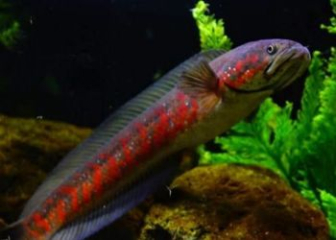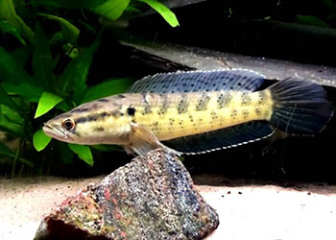Channa gachua - The oldest ornamental snakehead fish
Blog | by
Channa gachua, an ancient ornamental snakehead fish, small in appearance, gentle in temperament, carnivorous, adaptable, and cheap.
The catfish, also known as Channa gachua, is a type of ornamental snakehead fish belonging to the Channidae family. It has a small, prominent appearance and a strong personality. It is easy to adapt and easy to raise, suitable for artificial captivity. Currently, this fish is increasingly loved and cared for by ornamental snakehead fish players in Vietnam because of its beautiful appearance and affordable price.
In today's article, let's learn more about the origin, habits and how to take care of snakehead fish with the most standard techniques !
Information about catfish :
| Scientific name | Chicken soup |
| Common name | Catfish, stream snakehead fish, loach, small snakehead fish |
| Surname | Channidae |
| Set | Anabantiformes - Perch |
| Source | Asia |
| Size | Average 5 - 15 cm |
| Lifespan | 5 - 7 years |
Origin and distribution of catfish

Snakehead fish, an ancient ornamental snakehead fish.
Channa gachua is the oldest snakehead fish species native to Asia. They have a long evolutionary history and can adapt to many different habitats.
In nature, they occur widely in the following areas:
- South Asia : India, Bangladesh, Nepal, Sri Lanka
- Southeast Asia : Vietnam, Thailand, Myanmar, Laos,...
- Southern China.
In Vietnam, this fish species is distributed in many regions, especially in the midlands and mountainous areas, where there are many streams, small rivers or lakes with clean, cool water sources.
The snakehead fish is considered the "ancestor" of many types of snakehead fish today because it has existed for a long time and has the ability to migrate widely.
Nowadays, in addition to being raised as food, they are also raised as pets because there are many genetically mutated lines with beautiful colors such as turquoise, gold, etc.
Physical characteristics of the catfish
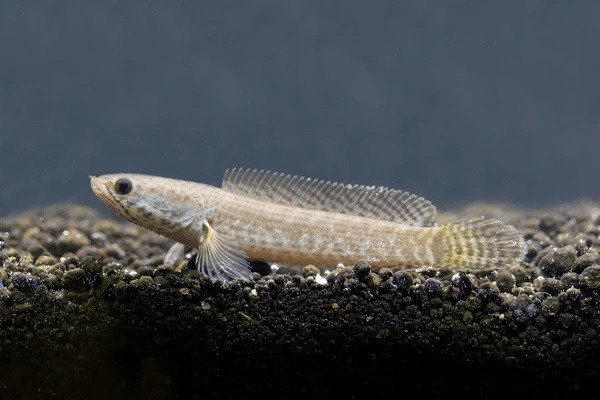
The small appearance of a mudskipper.
The snakehead fish is a type of snakehead fish that is quite small in size, especially for some species such as the giant snakehead fish and the black snakehead fish. Let's learn more about the appearance of this fish species below!
- Size : Average from 5 - 15 cm, weight about 0.2 kg
- Body : Elongated, cylindrical, large, flat head.
- Head : Short, broad, large mouth, short round muzzle, slightly protruding lower jaw.
- Eyes : Round, big
- Mouth : Wide, sharp teeth.
- Dorsal fin : Long from mid-back to near tail, soft fin rays.
- Anal fin : Nearly parallel to dorsal fin.
- Caudal fin : Fan shaped
- Pectoral fins : Large, fan-shaped.
- Pelvic fins : Spear-shaped, much smaller than pectoral fins.
- Adult fish color : Body is gray-brown, blue-brown or ash-gray, belly is bright silver or ivory white combined with many black spots, white spots or faint horizontal stripes on the body.
- Color of juvenile fish : Brighter color, clearer black horizontal stripes.
Catfish behavior
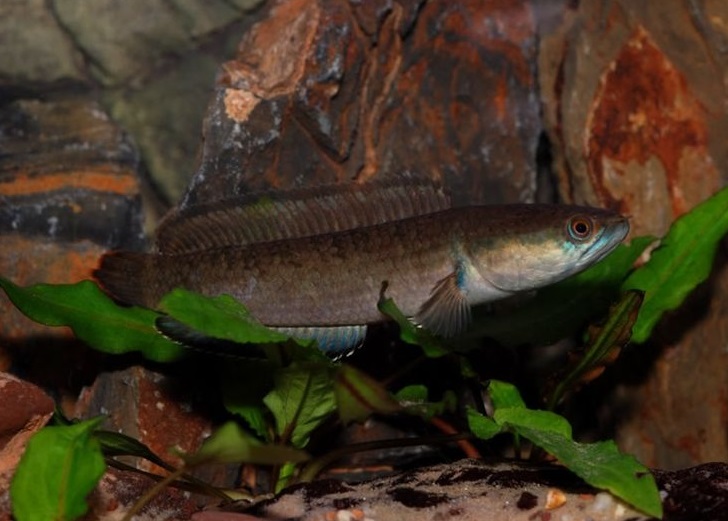
Catfish prefer habitats with lots of aquatic plants and shelter.
Below are the habits of the lifestyle, diet and reproduction of the catfish. Please learn more to better understand this fish species.
Habits
The fish only likes to live in clear, oxygen-rich water with weak currents and lots of moss and gravel. They also like to hide in crevices in rocks, aquatic bushes or caves on the bottom.
Normally they are quite docile, have a slight territorial nature and only react when disturbed by other fish.
Eating habits
Sandpipers are carnivorous fish that can eat insects, small crustaceans, larvae, earthworms and even small fish.
They hunt by stalking, not chasing for long, if they cannot catch their prey within a few seconds they will give up and immediately move on to another target.
Reproductive behavior
They usually breed during the rainy season, around April - September when the water level rises and the environment becomes cooler. Female fish will lay eggs, the eggs float or stick to moss, after 3 - 4 days they hatch into baby fish. After hatching, the baby fish will be carefully cared for by the parents until they can be independent.
Social behavior
The catfish prefers to live alone, not in groups. They only pair up in pairs of 1 male and 1 female during the breeding season. When too many males are kept together in a small tank, they tend to fight with each other.
Instructions on how to raise catfish from A to Z
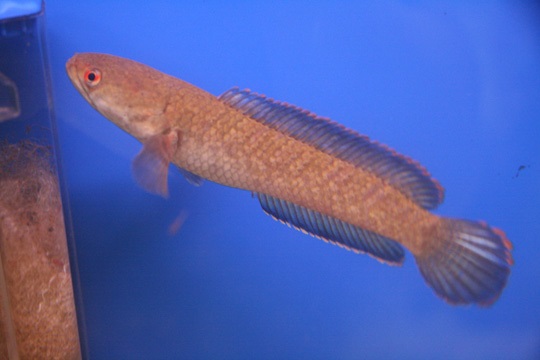
A fish is swimming in the tank.
If you want to succeed the first time you try raising catfish, please refer to the detailed instructions shared below to gain more experience for yourself!
Prepare the tank to raise catfish
The first important thing is that you must design a suitable fish tank or pond that meets the following basic criteria:
- Size : Minimum 60 x 30 x 30 cm for 1 - 2 birds.
- Tank bottom : Use fine sand or round gravel.
- Decoration : Plant lots of aquatic plants, add driftwood and caves to create a cozy environment and lots of hiding places for fish.
- Necessary equipment : Small capacity water filter, creating a gentle flow, oxygen pump - not required but if available will help the fish live better.
- LED lights : Choose a light with soft light, shining for 8 - 10 hours a day.
Prepare a suitable water source for the catfish.
Although the fish can adapt to many different water environments, if you want the fish to grow well and live the longest, you need the following optimal water parameters:
- Temperature : 22 - 28 degrees Celsius
- pH : 6 - 7.5
- Clean water : No alum, no chlorine
- Change water : Change 20 - 30% of water every week. If using tap water, let it settle overnight to remove chlorine.
Appropriate diet
As shared above, catfish are carnivores. In captivity, you can feed them some of the following foods:
- Main food : Small shrimp, bloodworms, earthworms, superworms
- Alternative food : Sinking pellets for predatory fish.
Note :
- Feed fish 1 - 2 times per day with reasonable amount of food, no excess.
- Catfish prefer live bait and pellets.
Health care, disease prevention and treatment for catfish
Although the catfish is a species of fish with good endurance, if not properly cared for, they can also suffer from some diseases such as fungus, fin rot, gill inflammation, etc. Therefore, you need to understand the principles and ways to prevent and treat diseases for fish, specifically as follows:
Principles of disease prevention :
- Change water regularly, control water quality to be stable and optimal.
- Provide complete nutrition
- Create a suitable living environment, less stressful
- Monitor fish daily to detect any abnormalities as early as possible.
Common diseases in fish :
| Disease name | Reason | Symptom | Treatment |
| White spot disease | Caused by the parasite Ichthyophthirius multifiliis |
Fish appear white spots like salt grains on the skin. Fish often rub themselves against rocks and driftwood to relieve itching. |
Slight increase in temperature for 3 - 4 days. Soak fish in potassium permanganate or diluted methylene blue according to recommended dosage. Increase oxygenation during treatment |
| Gill disease |
Bacteria and parasites attack the gills. Long-term polluted water |
Fish often open mouth gasping for breath. The fish's gills are dark red. Fish are sluggish and not agile. |
Bathe fish with diluted salt water. Use specialized gill inflammation medication. |
| Fin rot, ulcer |
Polluted water. Bacteria enter open wounds in fish |
Fish fins are torn and ulcerated. Fish are lethargic and stop eating. |
Isolate sick fish Use mild antibiotics such as Tetracycline as directed. Strong aeration, change water in tank |
Catfish price list
Currently, compared to many other ornamental snakehead fish species, the price of the Channa gachua fish is relatively cheap, usually ranging from only 80,000 - 200,000 VND/fish for an adult fish. The price will fluctuate depending on the size, color and origin of the fish, so to know the exact price, please contact the aquarium stores that sell this fish species directly for more advice.
Note when buying catfish :
- Choose healthy fish that swim flexibly, have a beautiful appearance, and are free of skin diseases.
- Choose a reputable place to buy to ensure the origin and quality of the fish.
Beautiful fish pictures
Right below, we have collected the most beautiful and impressive pictures of snakehead fish. We invite you to admire this small ornamental snakehead fish.
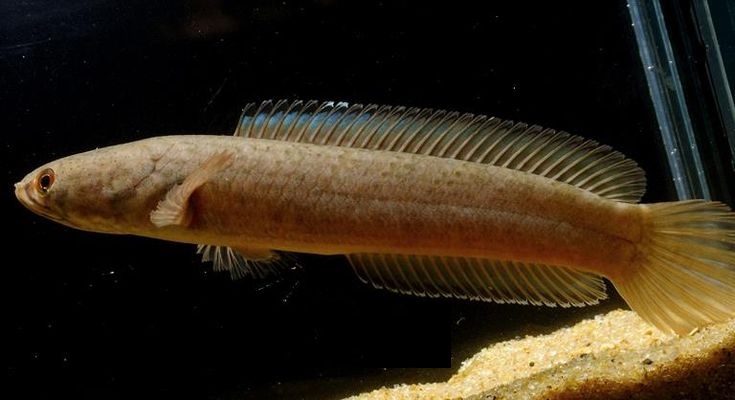
Close-up of the beautiful appearance of the fish.

Two fish are kept in the same tank.
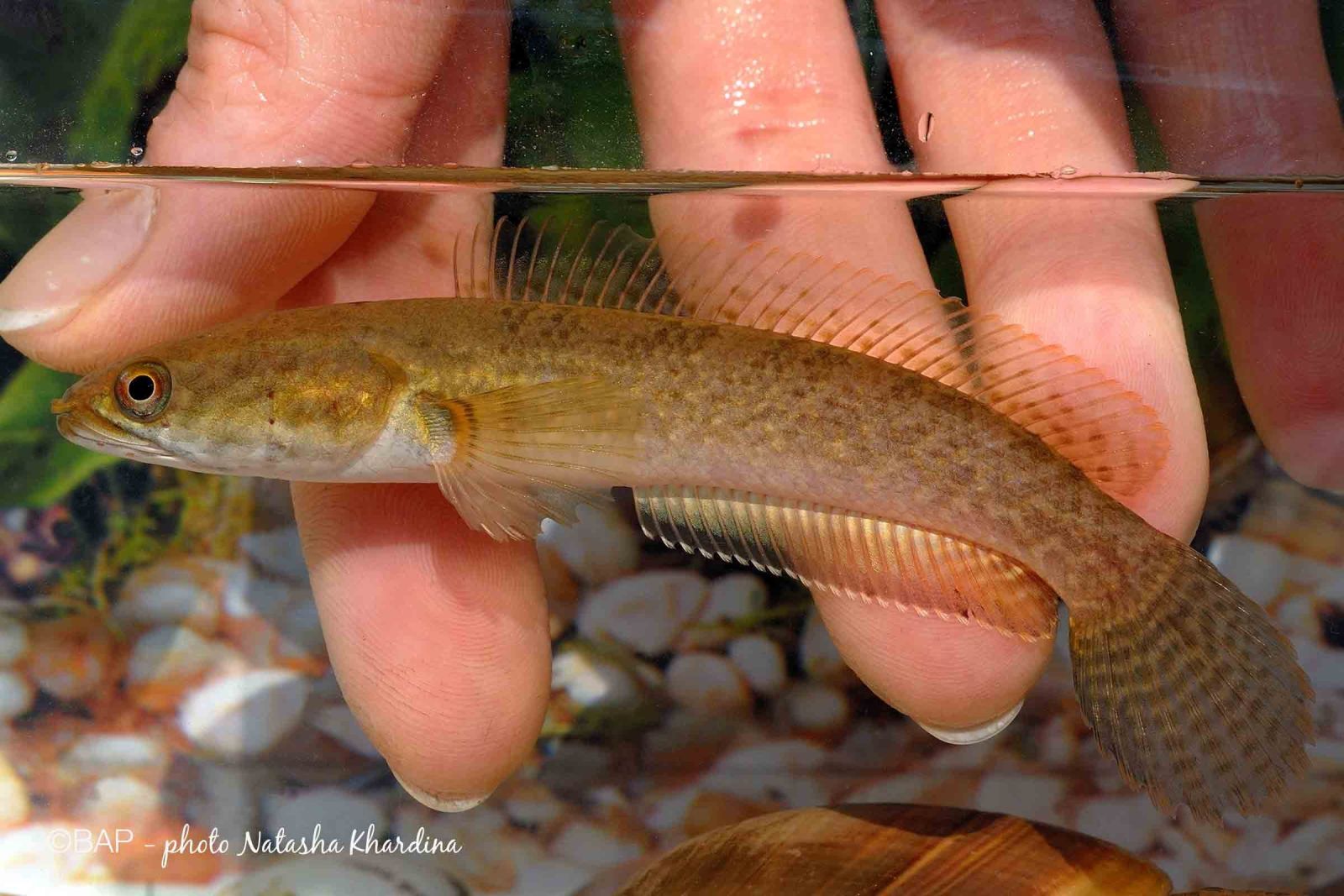
Image of a small fish in the hands of the owner.
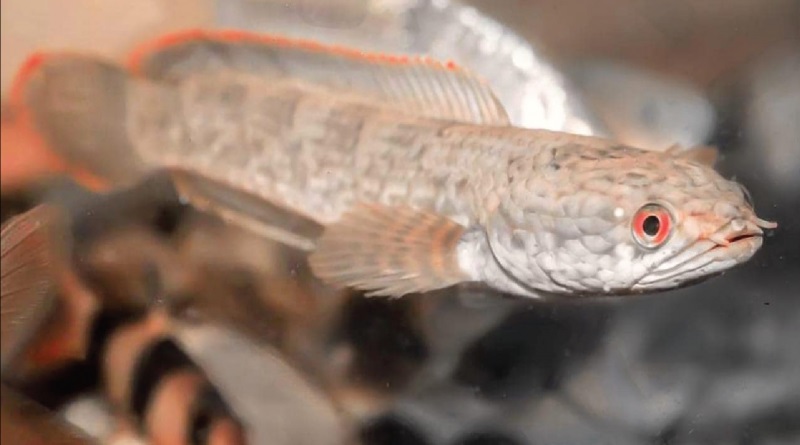
Close-up of a mudskipper's appearance.
Thus, through the article on snakehead.info, we have shared with readers detailed information about the snakehead fish (Channa gachua). This is one of the ornamental snakehead fish species with a long history, possessing a wild beauty and the ability to survive and adapt well to many different environments, very suitable for those who like to raise ornamental snakehead fish.
Goodbye and see you soon in other articles of the Blog section to learn more about other ornamental snakehead fish species.
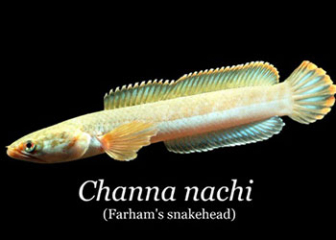



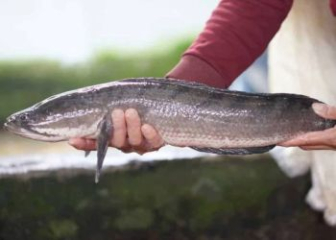
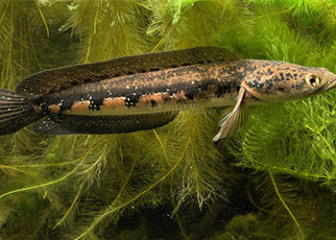

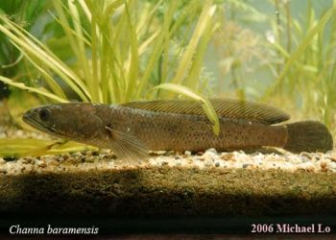
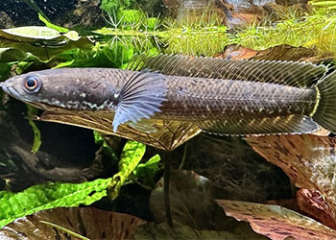
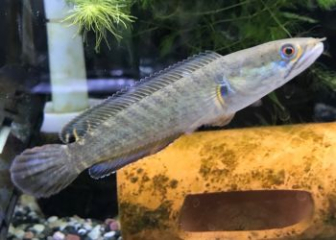
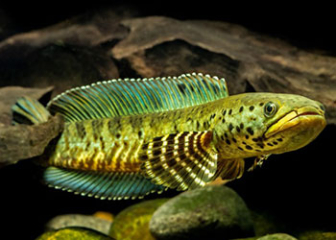
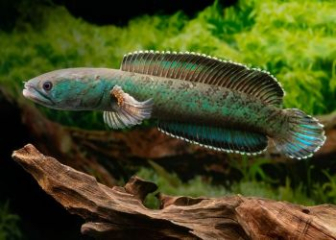

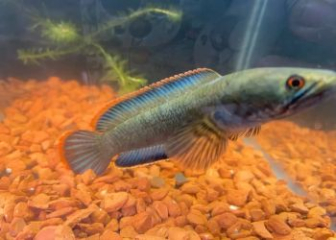
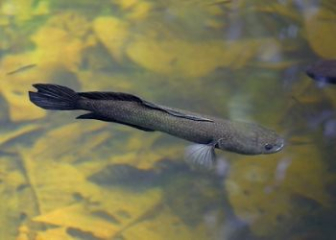
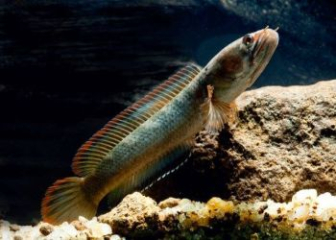
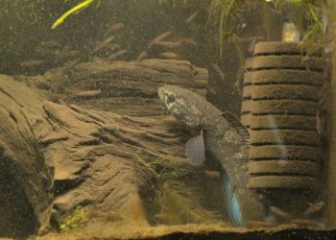
_350x250.jpg)
